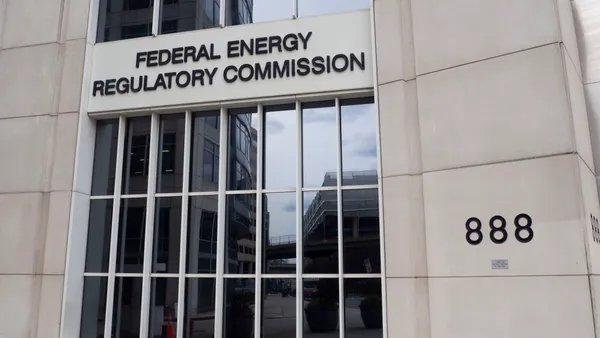Dive Brief:
- The sustainable investing arm of an Institutional Shareholder Services subsidiary will begin assessing the sustainability impact and risks associated with green, social or sustainability bonds at the time when they are issued, according to an April 3 release.
- The Sustainability Bond Ratings will be issued by ISS ESG, a subsidiary of ISS Stoxx, another subsidiary of the global corporate governance and proxy advisory service. The ratings will cover green, social, sustainability or sustainability-linked bonds issued by corporate and sovereign entities, the press release said.
- ISS Stoxx’s head of ESG, Till Jung, said in the release that the ratings will address investors’ “key need for comparative insights on the material sustainability risks and opportunities of a labeled bond at issuance level.”
Dive Insight:
The cumulative global market for green, social, sustainability and sustainability-linked bonds reached $4.4 trillion in 2023, according to market data from international nonprofit the Climate Bonds Initiative. ISS’s sustainable bond ratings will allow investors to manage issues like risk management-related reviews, fulfilling reporting obligations, identifying relevant bonds and researching the impact of where bond proceeds go, according to the April 3 release.
“The volume and complexity of labeled bond issuances has increased significantly in recent years, against a backdrop of disparate regulatory and market reporting standards,” Jung said. He added that the differentiated nature of the company’s offering “is significant as it is not just building an assessment based purely on general elements from the issuer’s activities and performance.”
Use cases for the ratings include verifying the external framework of bonds funds; portfolio or fund alignment to the European Union’s taxonomy; identifying bonds with the “highest relevance” to their issuers’ stated sustainability strategies; and analyzing and verifying where proceeds wind up and if impact targets are met. Through consultations with market participants and focus groups, along with a review of the reporting landscape, the company identified these use cases as “crucial to investors,” according to the release.
The ratings will assess alignment with standards for labeled debt, including the International Capital Market Association’s Green Bond Principles, as well as the bonds’ alignment with the United Nations Sustainable Development Goals. A 12-point grading scale will be used — also taking into account supplemental data like EU taxonomy alignment and estimated GHG emissions — with a “D-” representing the lowest score and “A+” at the top end of the scale.
The ratings comprise three categories that are applied across types of issued bonds: how they align with international standards, an environmental and social impact assessment and the issuer’s sustainability strategy. From there, those dimensions have further topics as subdivisions, and as you get more granular, each topic has a set of indicators. Of approximately 400 indicators in total, each bond will be evaluated on approximately 150 indicators based on the rating structure of the issuance type, the company said in the release.
Of the $4.4 trillion the Climate Bonds Initiative tallied in the market at the end of 2023, $2.8 trillion comes from green bonds, social bonds make up $821 billion, sustainability bonds account for $768 billion and sustainability-linked bonds made up $48.6 billion of the market, according to its 2023 market report.











